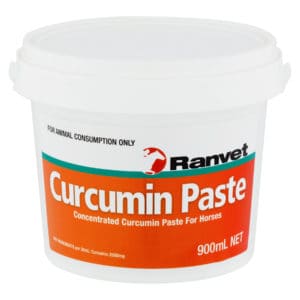Lameness in Horses
Lameness in horses is generally defined as an abnormal gait, caused by a functional or structural disorder of the locomotor system. It is the clinical sign caused by manifestation of pain, neuromuscular disease or structural damage causing mechanical restrictions.
Lameness in horses can have many causes or conditions including the following:
- Laminitis- (also termed founder) is inflammation of the laminae of the foot – the soft tissue structures that attach the coffin or pedal bone of the foot to the hoof wall.
- Hoof problems- can include navicular disease, being shod incorrectly creating poor foot balance, bruising, thrush, seedy toe and bad cracks in the feet.
- Trauma or Injury- whereby a horse gets hurt, this can involve things like cutting limbs or breaking bones, ligaments or tendon injuries.
- Congenital conditions- such as contracted tendons or Osteochondritis dissecans (Degenerative Joint disease).
- Infection from wounds, or abscesses.
- Exercise induced lameness – this can include tying up, stress fractures, or even working on poor uneven ground that can create soreness in limbs.
Determining Lameness in Horses:
The first thing about managing lameness is to make a correct diagnosis about the cause, so that specific treatment can be determined and administered. Generally, this will involve a good veterinarian who can perform a variety of lameness tests to determine what’s creating the pain, and once determined suggest how to treat the ailment.
Once a prognosis has been reached, the correct measures can be taken to treat the lameness.
Depending on the cause it could involve changing the horse’s diet in the case of a laminitic episode, supporting foot structure with corrective shoeing like heart bar shoes or being provided pain management drugs.
Some of the tests performed when making a diagnosis could involve the following; hoof tests, nerve blocks, x-rays, stress tests, bone scans or blood tests.
Managing Lameness in Horses:
The treatment for a lame horse will depend heavily on the cause of the lameness. Rest (restriction of movement by being in a stable) and hand walking are standard recommendations for lame horses. This is generally suggested in order to reduce the load on the leg that is affected so that healing can take place. NSAID pain management medication (like Bute paste) is also frequently employed to reduce the inflammation and promote better blood flow. It is essential to only use NSAID drugs as directed as they can become toxic at higher doses. Lameness can often be helped by proper shoeing. This can mean simply refitting shoes that do not fit properly or providing the horse with specialized shoes to help correct abnormalities.
Natural Remedies are often useful in managing lameness. Ranvet’s Curcumin Paste is a concentrated, highly-bio-available source of Curcumin. It is designed to reduce inflammation and minimises the death of cartilage cells, it also doesn’t carry any risks associated with long term use of NSAID’s.
If you have any lameness concerns with your horse, it is important to seek veterinary assistance immediately, early intervention can help reduce recovery times and ensures your horse is not experiencing unnecessary pain.
Experts in Equine Nutrition
Every product in the Ranvet range has been developed to meet a horse’s most specific need at any given time, be it in a training environment or on a breeding farm. Having pioneered the formulation of specific medications and dietary supplements for horses, the company is now recognised as a leader in the areas of equine health and nutrition.

